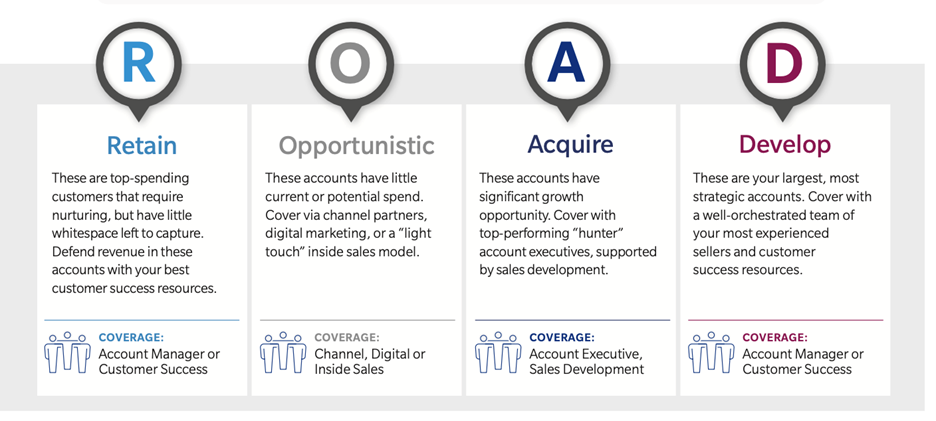Research: How to Drive Commercial Efficiency


Facing headwinds from inflation, rising-wages, and decades-high interest rates, many firms are struggling to realize their growth ambitions while keeping costs in line. While some firms managed to outperform the market by being more responsive to changes, many companies are still holding onto common practices that were once considered prudent, but are now sapping efficiency and holding back profitable growth.
In our previous deep dives, our findings revealed that market leaders were consistently ahead of the market not because they invested differently; they simply transacted more business. Their sales teams were well-resourced ahead of spiking demand, giving them time to equip reps with the right tools and expertise to efficiently capture market opportunities.
For growth leaders who are looking at rough times ahead, our research has yielded insights into how market leaders have avoided productivity losses and regained the momentum to excel in preset market conditions. Read on and learn how the right coverage and expansion model can help transform your growth prospects in 2025.
Optimize, Not Maximize Market Coverage with ROAD
Commercial leaders tend to oversize territories, adopting a “no stone left unturned” policy and evenly allocating capacity to all accounts. While this method might yield results in markets with softer demand, it heavily relies on low-fidelity, intuition-based frontline data. Without a single source of objective truth, leaders are making decisions based on information disconnected from true economic potential. This results in precious commercial capacity being misallocated to low-potential, lower-value opportunities.
Reducing time spent on chasing poor business begins with having a clear segmentation model that helps you identify the strongest fit and highest propensity-to-buy accounts and opportunities. Building on decades of consulting experience, SBI has developed the ROAD model, a standard framework for segmenting and prioritizing existing customers using potential spending and actual current spending.

This model provides commercial leaders with the basis for efficient account coverage motions, helping to map the available whitespace in each account to the appropriate channels. The key to improving the efficiency of commercial teams using the ROAD model isn’t to increase sales and marketing spend, instead it aims at reducing territory sizes to a focused set of high-value accounts, allowing leaders to maximize the impact of selling time spent.
Redirect GTM Expense to Existing Customers
When companies miss growth targets, we often see leaders continue to favor investments in new logo acquisitions. Despite most planners agreeing that more than 60% of revenue will come from existing customers, expansion goals often take a secondary role in the pursuit of new logos, assuming that more significant investments in “hunter” roles are necessary for growth.
The issues begin when the disproportionate investment in new logo acquisitions undermines retention and expansion efforts. Often, commercial leaders fail to properly identify and quantify attainable expansion sales within existing accounts, leading to poorly informed quota targets and compensation plans. As a result, sales teams lack the incentive to achieve expansion goals, eroding current and future low-cost growth opportunities.
For commercial leaders to determine if they are fully capitalizing on growth potential in the base, they need to ask several diagnostic questions before they make any redirections in investment:
- How do you weigh investments in commercial resources against expected ROI?
- How is your commercial team prioritizing the right accounts that have the most whitespace?
- What current commercial incentives and metrics align with booking targets for the base?
By conducting a data-driven analysis of the best expansion opportunities, growth leaders get an opportunity to improve account targeting capabilities and reassess sales role designs to ensure effective booking delivery. Through objective assessments of marketing investments in demand generation versus customer marketing channels, commercial organizations are able to capture optimizations in their revenue plan, balancing investments between new logo acquisitions and existing customer growth.
SBI's latest Commercial Efficiency report goes into more detail about the four ways you can start improving commercial efficiency. Discover how you can unlock profitable growth for your organization with insights tailored for growth leaders like you.